Why explore our Moon
And how we’re going back like never before.

Many people think that the Moon is just a gray ball of rock in our sky. Surprisingly, many scientists seem to share this notion. I once had a physicist tell me the Moon is scientifically boring. None of this couldn’t be farther from the truth. So I’m writing this article to summarize the immense scientific and exploration value of our Moon.
Firstly, consider that the bootprints of Apollo astronauts who walked on the Moon are still there, and can be seen from orbit. Since the Moon lacks an Earth-like atmosphere, its surface stays virtually unchanged for years. This single fact makes our Moon a geological time capsule.
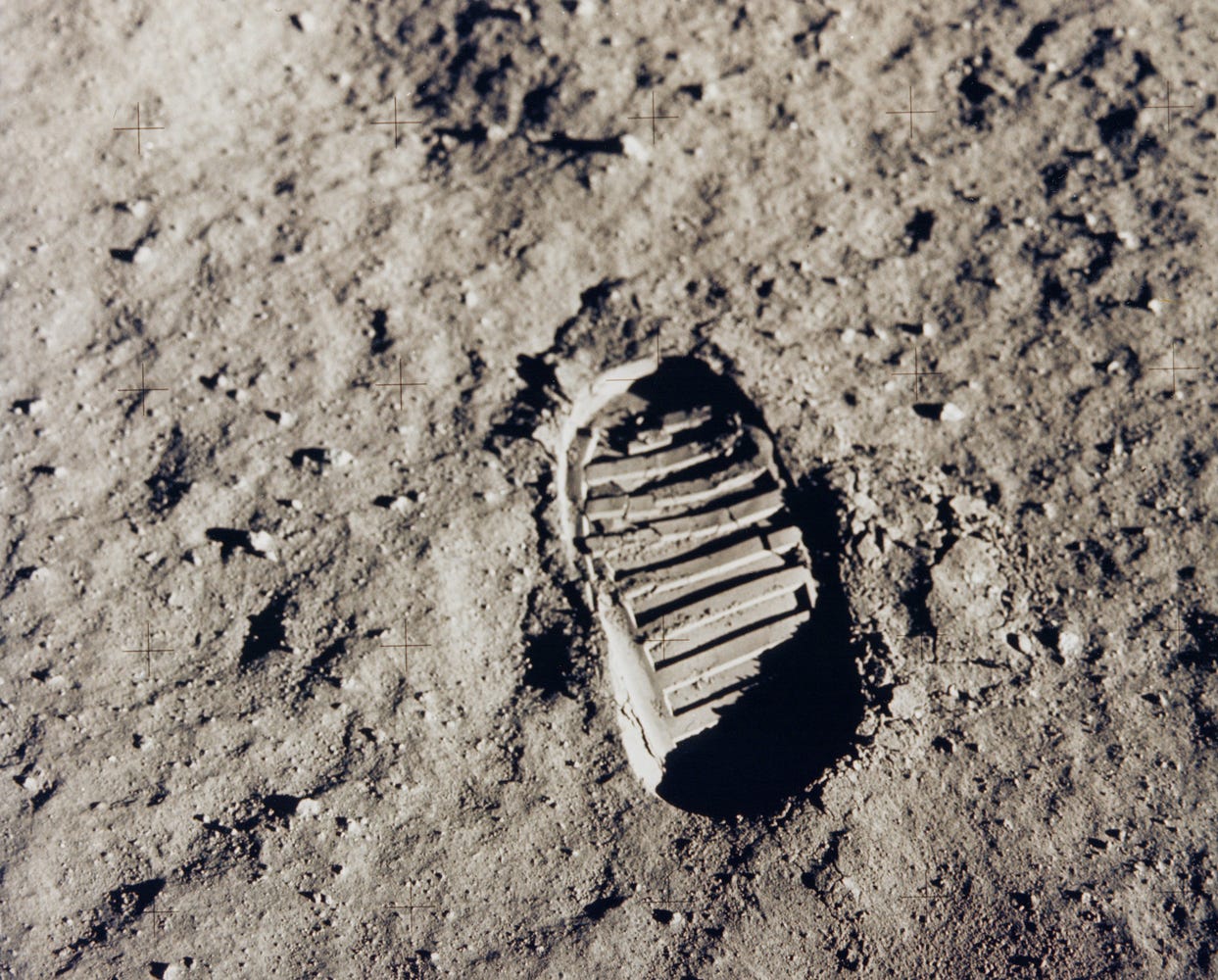
During the early Solar System roughly 4 billion years ago, asteroids and comets have been bombarding planets and their moons at a vigorous pace. Most craters formed from such impacts on Earth are no longer visible due to erosion by wind and water. But the Moon being void of such processes has preserved most of its craters in roughly the same condition for millions and millions of years.
We also know that it’s around the same time as the blistering bombardment that life arose on Earth, and that the incoming asteroids and/or comets brought water and organics to our planet. Studying the still-intact craters on the Moon from that time is key to understanding what really happened during this period of our Solar System’s history, making it a critical piece of our origin story.
Scientists also use the Moon as an age reference to determine how old or young features on other worlds are, such as on Mars, Mercury and moons across the Solar System.
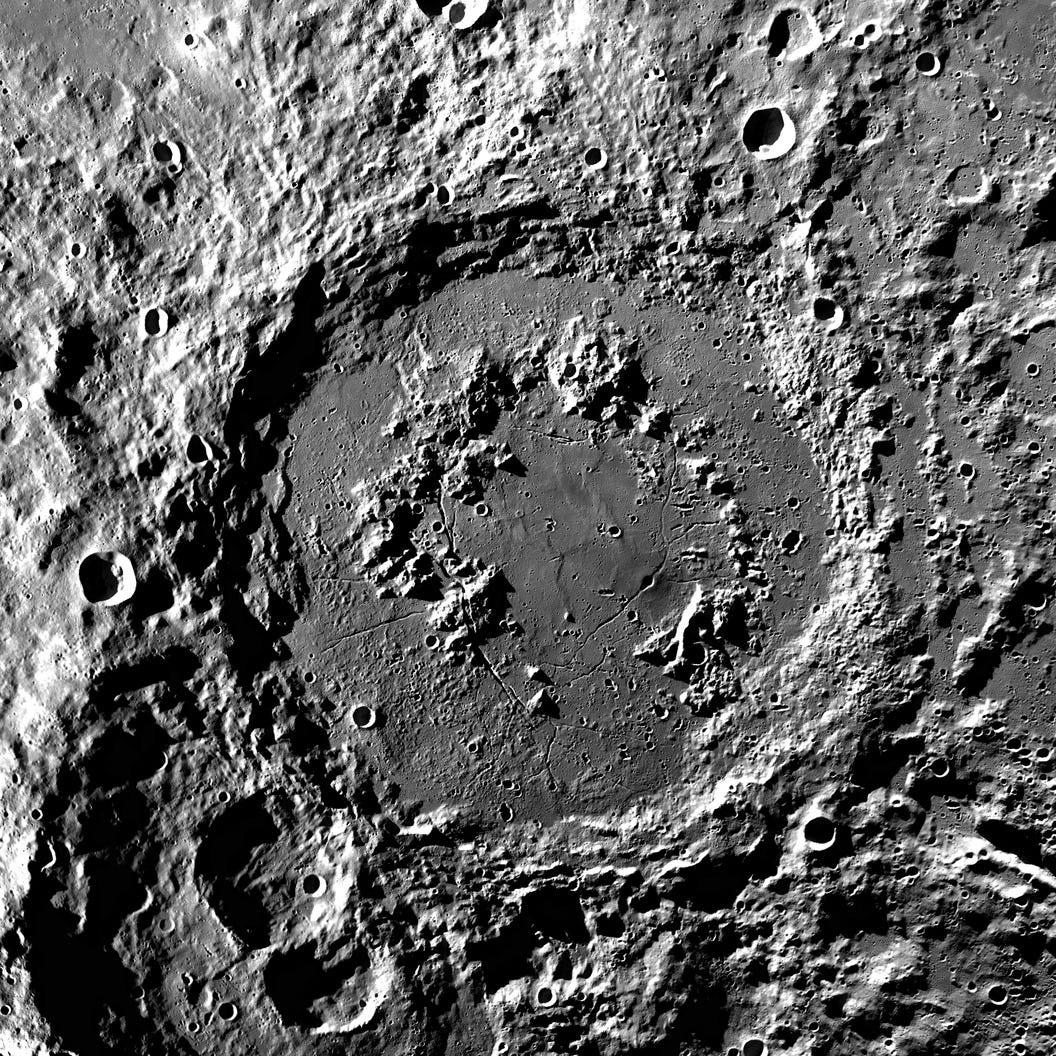
Unlike Earth and Venus, the Moon lacks any significant tectonic activity, which means the structure of its interior must be well preserved since its formation about 4.4 billion years ago. This gives scientists an opportunity to understand how insides of planets at large form. Studying lunar mountains—which form near-instantaneously by asteroid or cometary impacts—offer scientists a glimpse into the Moon’s interior, as do its darker regions, which are solidified lava plains from the time of active volcanism on our Moon. Several places on the Moon’s farside offer unique opportunities to study the lunar mantle in particular, something we’re yet to sample.
It’s not just science either; the Moon also has technological and economic value. In the last two decades, NASA and ISRO co-discovered water ice on the Moon’s poles with India’s Chandrayaan 1 lunar orbiter. Future human habitats on the Moon could tap into this water ice for drinkable water, breathable air, and rocket fuel. Chasing the possibility of extending commercial services to our cosmic neighbor, many companies and more organizations worldwide are now building hardware for the Moon.
Our Moon’s proximity also makes it a great testbed of technologies required for deep space exploration, including putting humans on Mars. For example, scientists study our Moon to understand how space radiation and micrometeorite bombardment can affect astronauts living in deep space for long periods, including on Mars missions. The upcoming NASA-led international Gateway lunar orbital station will specifically study the long-term impacts of deep space radiation on astronauts like never before. In the long run, the Moon’s low gravity barrier could make it an efficient rocket platform to sustainably expand human settlements across the Solar System.
These are just some of the ways our Moon is valuable even beyond itself.
A brief history of lunar exploration and the road ahead
For centuries, telescopes were the most cutting-edge means to study the Moon, starting with Galileo’s observations of its craters, mountains and valleys. The advent of the Space Age in 1957 meant we could send orbiters around the Moon to image and map those features at high resolution, and have robotic landers and rovers take an even closer look from the surface. In the 1960s, NASA sent the Ranger series of spacecraft to intentionally smash into the Moon. They sent back more than 15,000 photographs during their fall which taught us that the Moon is cratered all the way down. This allowed NASA to select safe landing spots for Apollo astronauts.
Around the same time, the Soviet orbiter Luna 10 revealed that the Moon’s gravity field is lumpy. These anomalies have caused spacecraft to unintentionally crash onto the lunar surface, and had to be avoided for having safe Apollo landings. Later, NASA launched the Lunar Prospector and the twin GRAIL orbiters in 1998 and 2011 respectively to make detailed gravity maps of the Moon. These maps have helped scientists see features beyond the surface and better understand the Moon’s interior.
Between 1969 to 1972, 12 astronauts walked on the Moon as part of NASA’s Apollo program. Apollo science experiments provided revolutionary insights on how the Moon formed, if it once had a global magnetic field, the nature of its volcanism, and more. Humans have not been back since, and the Moon remains the only world besides Earth we’ve ever visited ourselves.
Chinese lunar program
China has successfully landed three spacecraft on the Moon: Chang’e 3 in 2013, Chang’e 4 in 2019, and the Chang’e 5 sample return mission in 2020. Chang’e 4 is the world’s first mission to land on the Moon’s farside, where there is potential for transformative radio astronomy because of lack of interference from Earth.
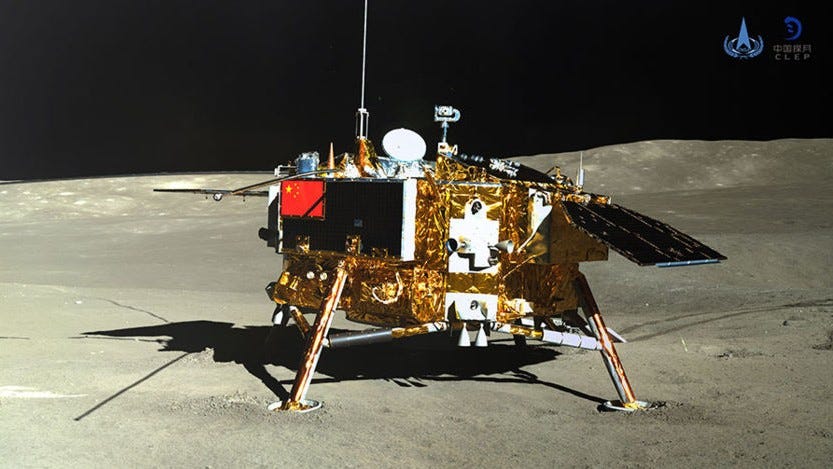

The Chang’e 4 rover, named Yutu 2, is scouting the landed region for clues of the Moon’s past. That’s because the region lies within the largest and deepest lunar crater, the South Pole-Aitken basin. Since this ancient crater holds clues to what was happening in the Solar System about four billion years ago, a sample return mission from here has been assessed as a top priority in the latest Planetary Decadal Survey, a report produced every 10 years by the US scientific community to guide future NASA missions.
With Chang’e 5, China successfully brought samples from a geologically young and unique region on the Moon, which revealed many things, and notably that the Moon’s thermal history is complex. The samples also contain notable amounts of materials from meteorites, helping scientists unravel the type of asteroids that impacted our Moon in the past 2 billion years. Chang’e 5 samples are thus helping us refine our understanding of the chain of key events in our Solar System.
Water on the Moon
Data from ISRO’s Chandrayaan 1 orbiter has shown that the water ice on the Moon’s poles is inside frigid, permanently dark craters. Based on remote observations by radars onboard Chandrayaan 1 and LRO, scientists estimate the Moon’s poles to host at least 600 billion kilograms of water ice, enough to fill at least 240,000 Olympic-sized swimming pools.
As the next logical step, the Chandrayaan 2 orbiter launched in 2019 is quantifying the amount of water ice on the lunar poles and mapping it. South Korea’s first lunar orbiter KPLO is also helping detect the nature of such water-hosting terrains using its ultra-sensitive camera. NASA’s upcoming Lunar Trailblazer orbiter will give us unprecedented, high-resolution global maps of the amount, distribution, and state of water across the Moon.
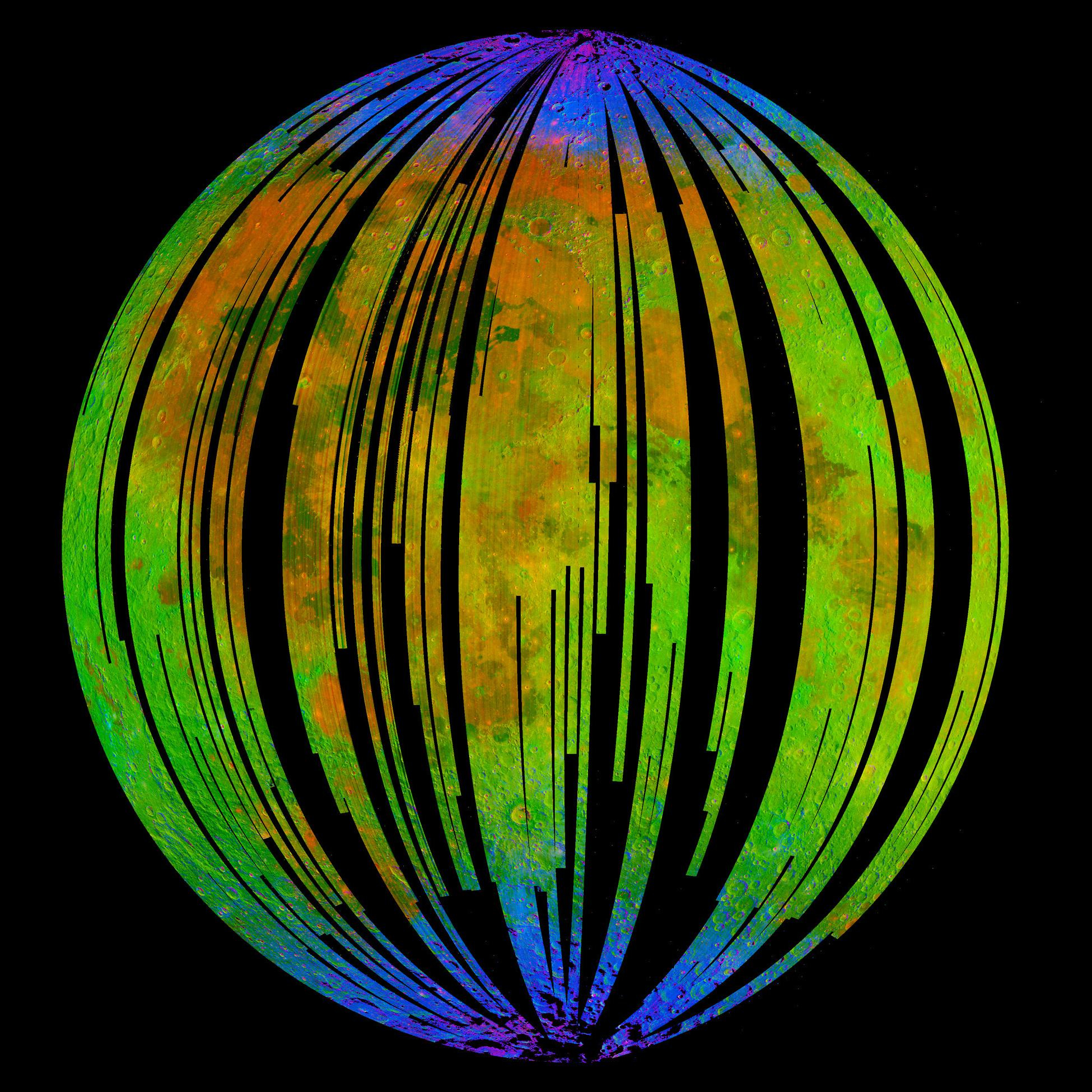
The lunar science and exploration communities don’t yet agree among themselves that we can indeed harness water ice on the Moon’s poles for consumption needs of future habitats and more. This is why surface missions like NASA’s upcoming VIPER rover and the Indo-Japanese LUPEX rover will take a much closer look by physically examining water ice and other resources inside some permanently shadowed regions. This will start to inform us on how we might extract the water to sustainably live on the Moon in the future.
To that end, we’re building technologies that enable us to explore the Moon’s poles, including gaining the ability to land on and navigate the extremely rocky polar terrain, and then, crucially, function in the frigid water-hosting regions without access to sunlight or Earth communications. As the first of many such needed successes, the triumphant touchdown of ISRO’s Chandrayaan 3 lander in August 2023 inspired confidence in other nations and companies hoping for their Moonshots.
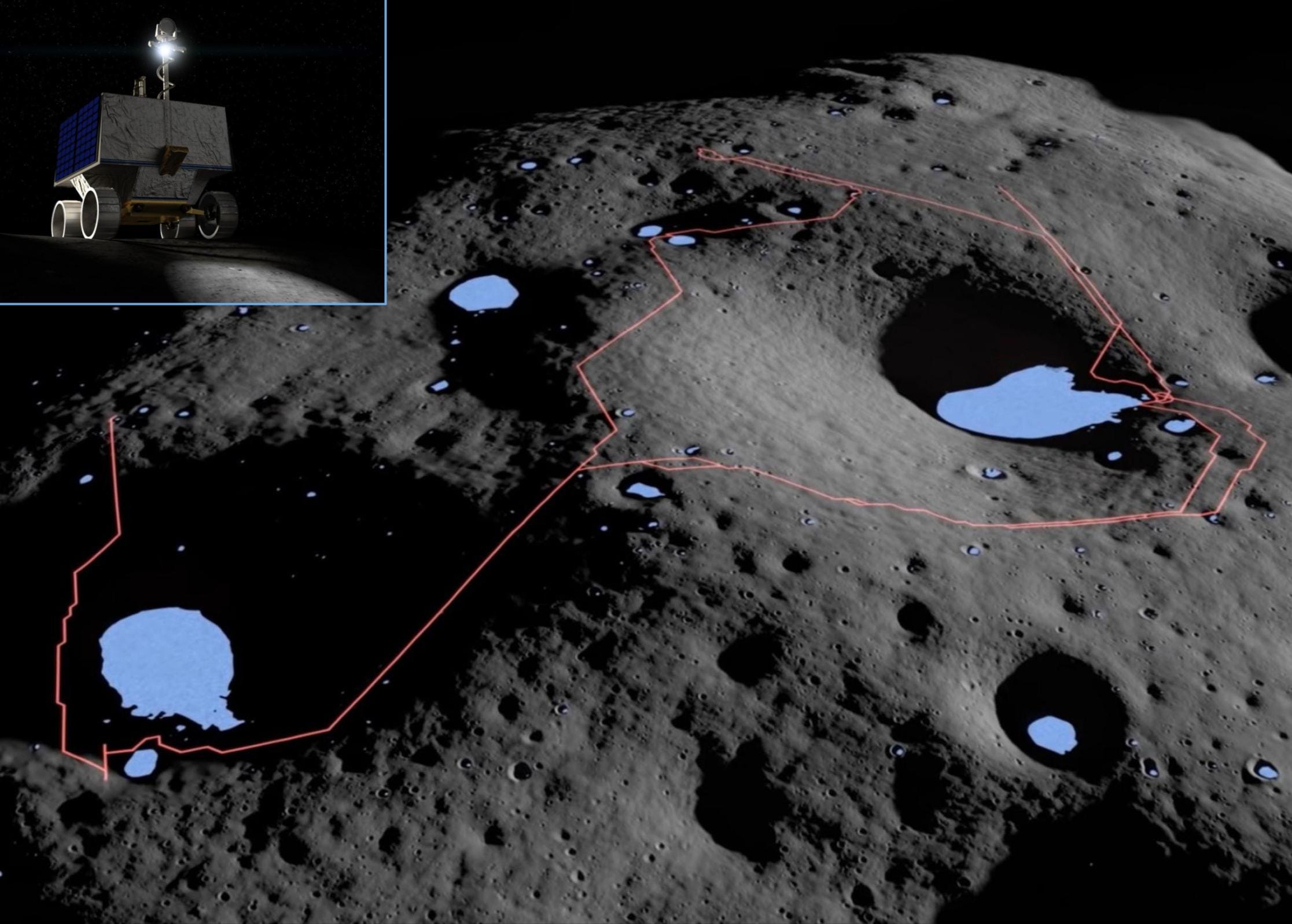
NASA returns to the Moon
In 2009, NASA launched the Lunar Reconnaissance Orbiter (LRO), the first intentional step towards their sustainable return to our Moon. In over a decade since, LRO has produced the most comprehensive, highest resolution Moon maps to date, including global imagery, topography, temperature measurements, and more. Its extensive dataset has helped plan nearly all modern day robotic Moon landing missions, including those launching soon as part of the NASA-funded CLPS program, wherein commercial landers will carry the agency’s science instruments and technology payloads to geologically diverse sites on the Moon.
LRO is also aiding NASA’s Artemis campaign, which envisions repeatedly landing humans on the Moon’s south pole where the water ice is. The campaign’s first leg, Artemis I, was successful in late 2022 in testing key launch & spacecraft infrastructure to be used for sending astronauts safely to lunar orbit and back.
The Moon’s origin
Where did our Moon come from? The origin of our cosmic companion is a fundamental question in planetary science.
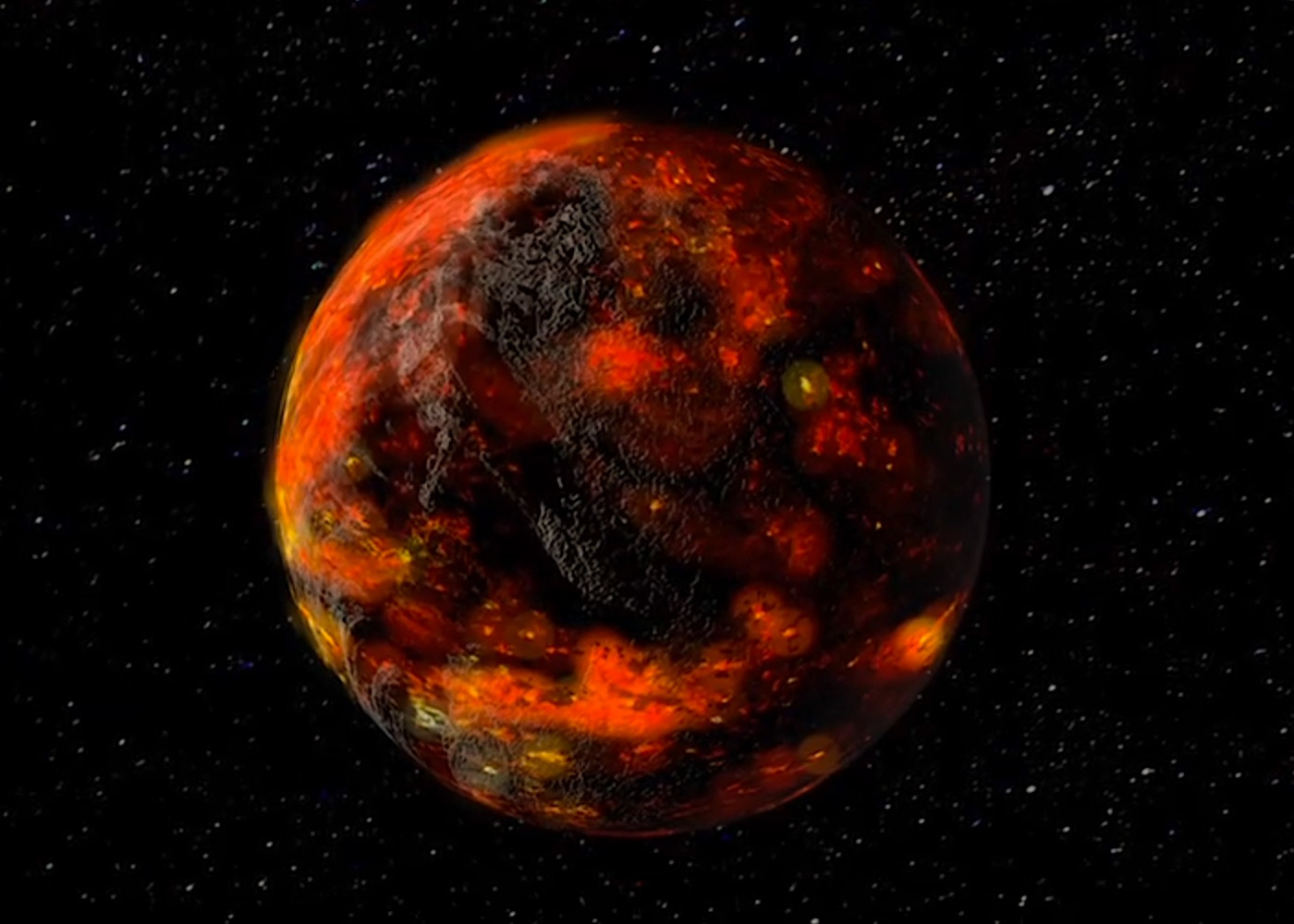
NASA Apollo astronauts returned a total of 382 kilograms of lunar soil, rock and core samples to Earth. The Soviet Union, using three robotic sample missions in the period 1970-1976, returned about 300 grams of material to Earth. These samples are analyzed even today in laboratories around the world and continue to provide insights on how our Moon formed. In fact, scientists think Earth and the Moon have a shared origin.
While the Apollo and Luna samples revolutionized our understanding of the Moon’s origin, they were from largely similar geological areas and thus not representative of the entire Moon. To continue piecing together the complex origin and history of the Earth-Moon system, we need samples from new locations, including access to pristine rocks from below the surface and those on the farside. We also need to assess the nature of lunar polar water to understand how it got there and how is it related to Earth’s water.
This is where NASA’s Artemis campaign and Chinese crewed missions are most intriguing. They are expected to offer us abundant opportunities to bring pristine samples from the Moon’s south pole, including getting lunar ice as cryogenic samples. China’s Chang’e 6 mission will bring about two kilograms of lunar samples next year from the Apollo impact crater on the Moon’s farside, giving us a first tactile window into the Moon’s mysterious farside. With robotic instruments for surface-only studies increasingly advancing though, scientists suggested in 2021 that even missions like those under NASA’s CLPS program visiting diverse sites can lend significant insights into the Moon’s origin and evolution by precisely measuring trace elements.

After an excruciatingly long abandonment of over three decades, global entities of all kinds pushing the boundaries of planetary surface exploration on scales big and small is a worthy return to our Moon. Here’s hoping that the frenzy sticks around, as there are plenty of reasons to explore Luna—our cosmic companion in the sky.
Every writer has a flagship article—the iPhone to their Apple. This one’s mine, and is updated yearly with all the latest developments in lunar exploration and research. If you liked it, check out my curated Moon page of resources for people to learn more about the Moon’s scientific and technological importance:
To follow all the latest developments in the exploration of our Moon, subscribe to my one-of-a-kind newsletter covering global lunar developments every week:
Lastly, all my work is completely free to access and regularly updated. If you like my labor of lunar love, you can sponsor my work. It would mean the Moon to me.
